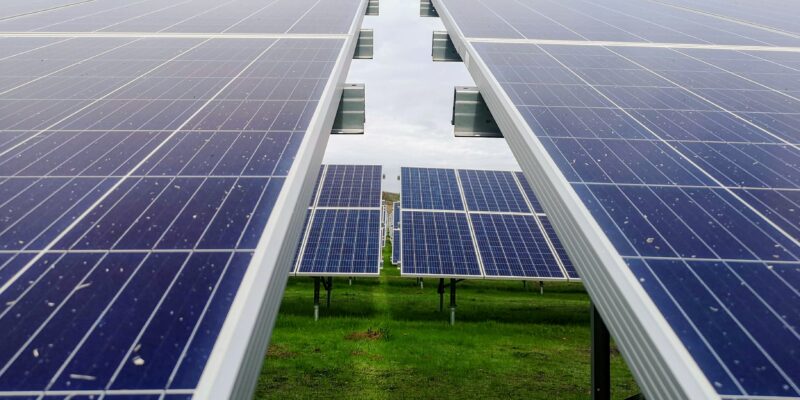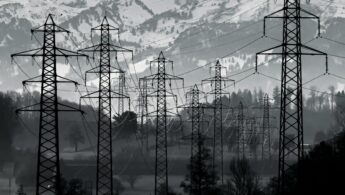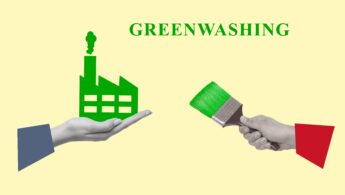Key points
- The IEA is ambitious on renewables and EV uptake for the first time, projecting a huge build out of wind and solar energy by 2030. The Net Zero Scenario says clean energy technologies dominate in the future, displacing fossil fuel use substantially.
- Shrinking fossil fuel demand means no new oil and gas fields beyond those that are approved in 2021. Oil demand peaks in 2019, and declines 275% from 2020 to 2050. Over 60% of LNG and piped-gas demand is wiped out by 2050. Some producing oil and gas fields close prematurely in the 2030s. Only low-cost producers and producers able to transform their operational models survive low oil and gas prices, but their revenues shrink massively.
- Over half of coal demand is destroyed by 2030, registering a 90% decline by 2050. There is no need for new coal mines or unabated coal power plants beyond 2021. All subcritical coal plants need to be phased-out by 2030.
- The IEA projects a slower gas phase-out in this decade. Although gas demand destruction accelerates in the 2030s, half of remaining gas is used to produce hydrogen with CCUS in 2050.
- The IEA puts too much faith in building up hydrogen, bioenergy, NETs and CCUS to achieve net zero by 2050, despite the uncertainty over commercial viability of these technologies. The IEA also carves a critical role for oil and gas expertise in captured CO2 and low-carbon fuels.
Clean energy soars:
- The scenario sees a massive expansion of solar and wind in the 2020s. Solar and wind annual additions quadruple in this decade, reaching 630 GW and 390 GW by 2030, respectively. Solar is the king of the energy sector by 2050, responsible for 20% of total energy supply. Between now and 2050, solar PV capacity increases twentyfold, and wind elevenfold. Solar and wind dominate the global electricity generation in 2050, together responsible for almost 70%.
- Electric vehicle (EV) sales ramp up rapidly from 5% of global car sales today to 60% in 2030. The IEA recommends all governments end all new internal combustion (ICE) vehicles that run on gasoline or diesel by 2035. From this date onwards, all new cars should be either electrified or hydrogen-powered. Annual battery production surges from 160GWh today to 6600GWh in 2030, equivalent to adding 20 gigafactories every year until 2030. EV public charging infrastructure goes up from one million stations today to 40 million 2030, requiring a USD 90 billion investment by 2030.
A shrinking role for fossil fuels:
- There is no need for investing in new oil and gas fields, says the scenario. As fossil fuels decline from 80% of total energy supply today to 20% in 2050, investments in new oil and gas fields as well as LNG terminals, beyond current commitments, is unnecessary. This means only a small number of low-cost oil and gas producers would be able to survive, but their revenues would shrink by 75% from 2030 onwards.
- Oil demand peaked in 2019. Oil demand never goes back to previous levels, shrinking 20% from 90 mb/d in 2020 to 72 mb/d in 2030. By 2050, oil use is 24 mb/d, registering a 275% decline over a 30-year period. Oil prices would fall to USD 25/bbl in 2050, making it hard to justify new investments, even for low-cost producers. If all investments in producing oil fields stop now, oil output would decline by 8% annually. But the IEA’s Net Zero Scenario calls for continued investments in producing oil fields, registering a 4.5% annual decline in oil output until 2050.
- The IEA sees a slow gas phase-out. Gas demand declines by 55% from 3,900 bcm in 2020 to 1,750 bcm in 2050. LNG and piped gas volumes would fall by 60% and 65% respectively from now to 2050. But gas use only declines by 5% to 3700 bcm in 2030, much slower than the UN Production Gap report says. After 2030, some of the existing gas fields may be closed prematurely or shut-in temporarily, risking stranded assets. By 2050, half of remaining gas use is dedicated to hydrogen production with CCUS (see section below).
- No investments are needed in new coal mines or expanding existing mines, and no new unabated coal plants should be approved. Coal demand falls by 90% in the next thirty years. Coal is responsible for only 1% of total energy demand in 2050. By 2030, over half of coal use is destroyed. In coal power development, the IEA identifies several milestones to reach net-zero: Starting immediately, governments should stop approval of new unabated coal power plants and phase out all (870 GW) subcritical coal-fired power plants by 2030. Coal use in power generation sharply decreases – unabated coal-fired generation is cut by 70% in 2030 – and would be partly replaced by solid biomass to allow existing assets to continue operating. In 2050, CCUS is applied to around 80% of coal produced.
The IEA NZ transition depends in the medium term on technologies that have yet to be proven at scale – Hydrogen, CCUS and NETs. However, deployment of CCUS, NETs and biomass is in the low range of other 1.5oC scenarios.
- Almost 50% of the emissions reductions needed between 2030 and 2050 depend on technologies that are not commercially viable yet.
- The IEA envisages a 3,900% increase in how much carbon we capture between 2020 and 2030, or 18,900% from 2020 to 2050. The new report expects the amount of carbon we capture each year to grow from 40 million tonnes in 2020 to 1.6 billion tonnes in 2030, increasing to 7.6 billion tonnes in 2050. This means:
- A large role for carbon capture utilisation and storage (CCUS). By 2050, of the total carbon captured, the IEA sees about 5.2 billion tonnes of carbon being captured via CCUS each year. In real terms, this means installing CCUS facilities on 10 heavy industry plants each month from 2030 onwards. However the report is more conservative on CCUS than relevant IPCC scenarios.
- Negative emission technologies (NETs) are needed. By 2050, the remaining 2.4 billion tonnes of carbon is captured by so-called negative emissions technologies. Of this, direct air capture (DAC) soaks up about one billion tonnes and bioenergy carbon capture and storage (BECCS) about 1.4 billion tonnes. NETs should theoretically lead to an overall subtraction of carbon from the atmosphere, and are used in the IEA scenario to ‘offset’ residual emissions. The amount of negative emissions is relatively small compared to IPCC and other 1.5oC scenarios.
- By 2050, hydrogen grows by over 500%, with a third produced from gas with CCUS. Hydrogen production grows from less than 90 million tonnes (Mt) in 2020, to more than 200 Mt by 2030, to 530 Mt by 2050. In 2030, about half of the hydrogen is sourced from coal and natural gas with CCUS. By 2050, the amount of hydrogen produced through renewables grows to 60%, still leaving a significant role for gas in hydrogen production. The IEA acknowledges that rolling out the electrolysis capacity to make ‘green’ hydrogen is a significant challenge, as there is a lack of manufacturing capacity.
- The IEA advocates for scaling up infrastructure investments to carry hydrogen and captured CO2 emissions. It says that annual investments for CO2 pipelines and hydrogen-enabling infrastructure have to ramp up from USD 1 billion today to USD 40 billion in 2030. This means repurposing existing gas pipelines and ships to transport hydrogen and captured CO2, which the report highlights are well matched with the oil and gas industry’s experience and skills.
- CCUS, in particular, is the achilles heel of the Net Zero Scenario. Hydrogen, bioenergy and continued use of fossil fuels for power sector and heavy industries all hinge on the successful and dramatic scaling up of CCUS. The IEA admits that CCUS deployment is “very uncertain for economic, political and technical reasons”. It calculates that failure to develop CCUS for fossil fuel would mean the transition would need to lean more heavily on wind, solar and electrolyser capacity to achieve the same level of emission reductions, requiring USD 15 trillion of additional investment.
Bioenergy:
- Bioenergy use increases by ~60% between 2020 and 2050. To address the concerns about land use, the IEA advocates shifting toward using “advanced bioenergy feedstocks”, including waste streams, short-rotation woody crops and feedstocks that do not require the use of arable land. Bioenergy is not a renewable source as it still drives land use change and greenhouse gas emissions, unless attached to CCUS.
- Bioenergy use rises 3% a year on average to 100 EJ in 2050, meeting almost 20% of total energy needs. Most comes from solid biomass, followed by liquid biofuels and biogases. Solid bioenergy replaces coal in the power, industry and building sectors, reaching 60 EJ in 2050.
- The total land area dedicated to bioenergy production increases from 330 million hectares (Mha) in 2020 to 410 Mha in 2050. In 2050, around 270 Mha is forest, representing 25% of the total area of global managed forests (or ~5% of total forest area).
- Is it possible to deliver net-zero by 2050 without expanding land use for bioenergy? Yes, but it would require a combination of wind, solar, hydrogen and synthetic methane. However, the IEA believes this would make the energy transition significantly more expensive. The additional wind, solar, battery and electrolyser capacity, together with the electricity networks and storage needed to support this higher level of deployment, would cost more than USD 5 trillion by 2050.


